Entry Category: Science and Medicine
Brooks, Ida Josephine
 Minnijean Brown
Minnijean Brown
Brownlee, Robert
 Rolfe Bryant
Rolfe Bryant
Bryozoans
aka: Ectoprocta
aka: Moss Animals
 Herbert Buchanan and George A. Campbell
Herbert Buchanan and George A. Campbell
 Herbert Buchanan
Herbert Buchanan
Buchanan, Herbert Earle
 Buffalo River Bridge
Buffalo River Bridge
 Building Demolition
Building Demolition
 Bull Shoals Dam
Bull Shoals Dam
Bull Shoals Dam and Lake
 Bull Shoals Dam Power Plants
Bull Shoals Dam Power Plants
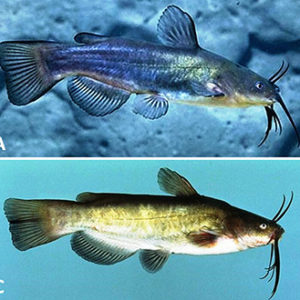 Bullhead Catfishes of Arkansas
Bullhead Catfishes of Arkansas
 Bumpers Vaccine Research Center
Bumpers Vaccine Research Center
 Ruth Burks
Ruth Burks
 Burying Beetles
Burying Beetles
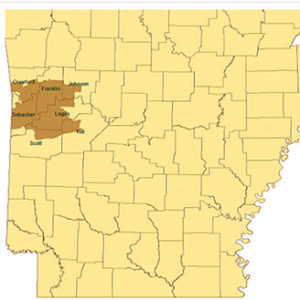 Burying Beetles Distribution
Burying Beetles Distribution
 Busey Oil Ad
Busey Oil Ad
Busey, Samuel Thompson
 Robbie Bush
Robbie Bush
Butterflies and Moths
 Cache River Bridge
Cache River Bridge
Caddisflies
aka: Trichopterans
Caddo Mountain Salamander
aka: Plethodon caddoensis
 Calaway Family
Calaway Family
 William Hickman Calaway
William Hickman Calaway
 Camp Pike Bakery
Camp Pike Bakery
 Camp Pike Nurses
Camp Pike Nurses
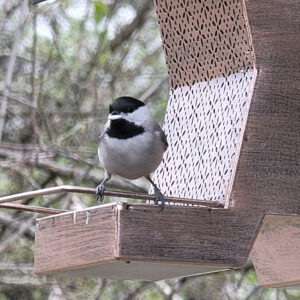 Carolina Chickadee
Carolina Chickadee
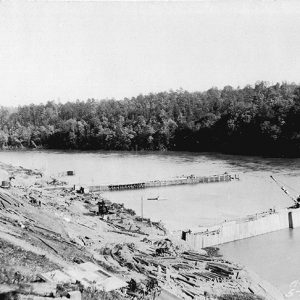 Carpenter Dam Construction
Carpenter Dam Construction
 Carpenter Dam Construction
Carpenter Dam Construction
 Carpenter Dam Construction
Carpenter Dam Construction
Carpenter Dam
aka: Lake Hamilton
 Carpet Rock
Carpet Rock
Carps
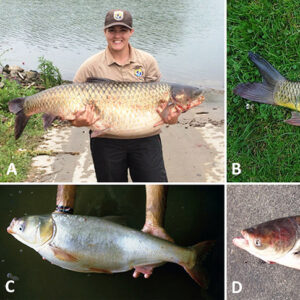 Carps of Arkansas
Carps of Arkansas
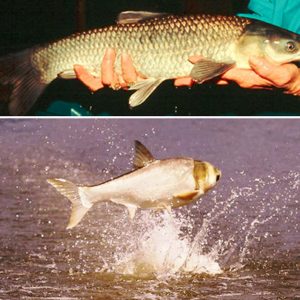 Carps of Arkansas
Carps of Arkansas
CARTI
aka: Central Arkansas Radiation Therapy Institute
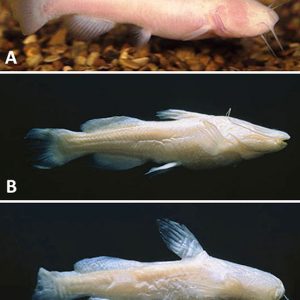 Cave Catfishes of Arkansas
Cave Catfishes of Arkansas
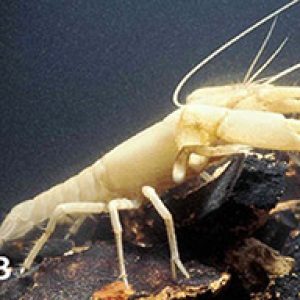 Cave Crayfishes
Cave Crayfishes
Cave Crayfishes
aka: Troglobitic Crayfishes
Cave Fishes
aka: Hypogean, Phreatic, Stygobitic, Subterranean, Troglomorphic, and Troglobitic Fishes
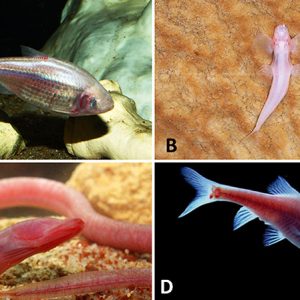 Cave-adapted Fishes
Cave-adapted Fishes
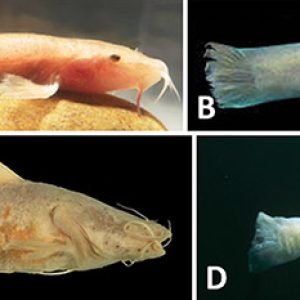 Cave-adapted Fishes
Cave-adapted Fishes




